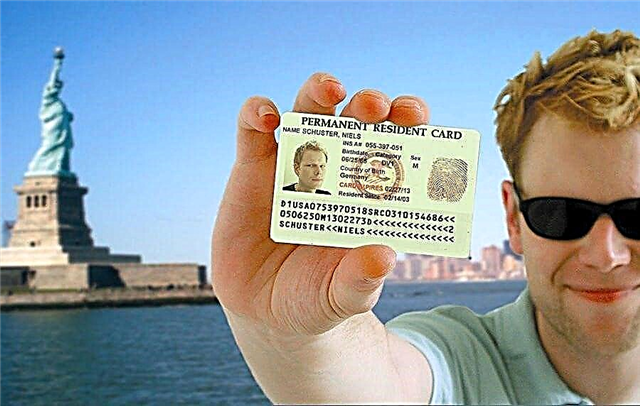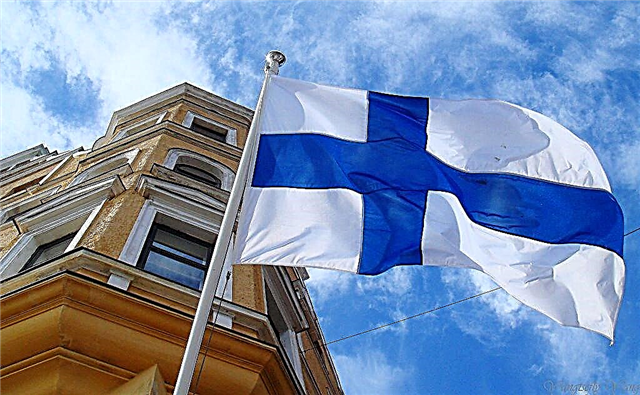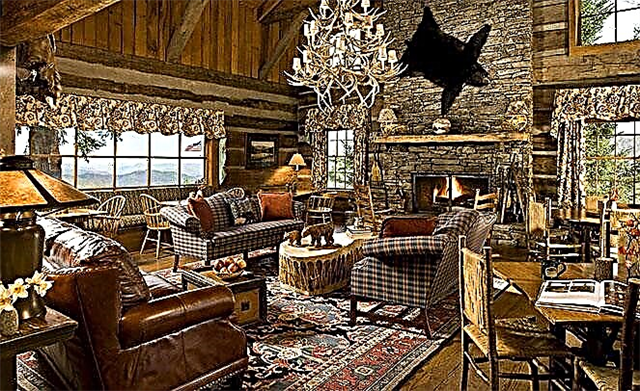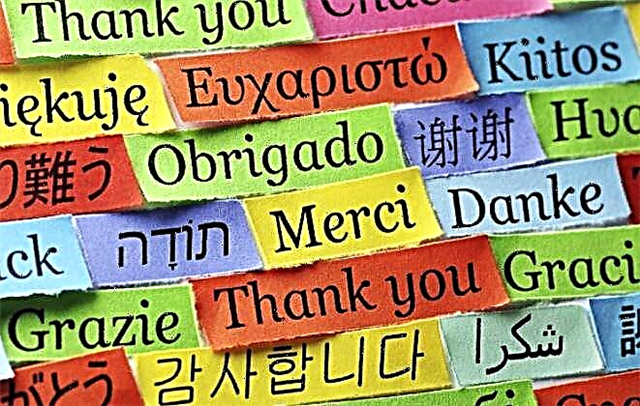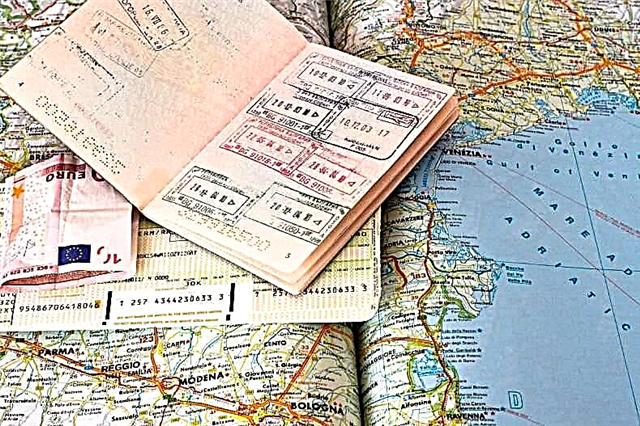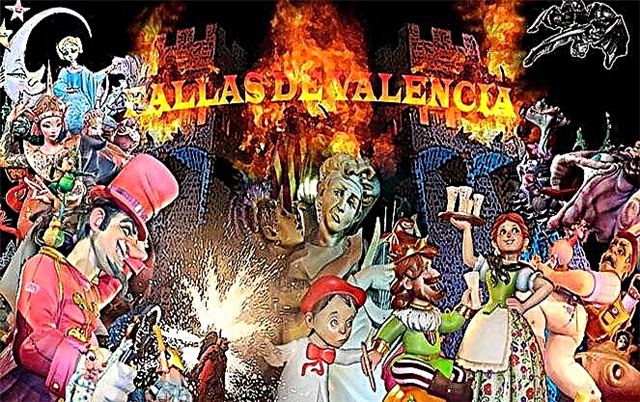Spain is a picturesque country that will definitely be remembered for visiting the El Escorial, the Prado National Museum, Bager's symphonic accompaniment, the Picasso Museum and other equally famous attractions, as well as mass entertainment events. Particularly vivid impressions will be given by visiting the Fallas festival - an annual fiery event. The Festival of Fire in Valencia takes place from 14 to 19 March. During this period, the city turns into a real epicenter of the dancing flame.
Fire Festival - historical background
Ever since the abduction of the Promethean fire, people began to praise him, to be afraid, but nevertheless worship this element. For a long time there have been rituals where fire was in the main role - a symbol of renewal, the destruction of old things for the appearance of new ones.
The origin of the Festival of Fire is not known exactly. It is believed that on March 19, Valencian carpenters made fires from the remains of a tree in honor of their divine protector Saint Joseph. There is a second version of the origin: Fallas originates from fire - a symbol of the onset of summer, but during the period of Christianization, the holiday was moved to honoring the saints who fell on these dates.
Another version is based on the figure of parot - a toy that personified some hero, who was subsequently burned. This is what can now explain the satirical nature of the characters.
How the Fire Festival is celebrated - preparation and traditions
The meaning of the celebration is not only about burning the composition. The unity of three components is important: pyrotechnics, musical accompaniment and veneration of the saints - St. Joseph and the Holy Patroness of the disadvantaged.
About 40 towns of the Valencian Community participate in the Fire Festival.
Initially, the organizers of the event created figures from unnecessary things, then wood and wax were used as materials. Today, dolls are made from plastic and foam.
Each figure personifies a phenomenon in the everyday and social life of society, which sarcastically ridicules the shortcomings and merits of people. Compositions are formed from dolls, where the rest are grouped around the main figure.
The height of the dolls can be up to 20 meters. Team members discuss ideas for characters in casals - bars for their own. Here they present projects of future figures.
The festival consists of several stages. From the beginning of March, the mascleta begins in the city - a parade with firecrackers and fireworks. In the dark, explosions of fireworks with millions of lights are heard in the sky. All residents go to the castle-center, from where a view of what is happening opens up. The parade also involves a lot of electronics and related equipment.
The second stage is called La Ofrenda de Flores a la Virgen de los Desamparados. Two days of this period are dedicated to flowers that are presented to the Holy Virgin, the patroness of the disadvantaged. The square named after this Saint turns into a garden of gladioli, cyclamens, carnations and lilies, and the facade of the basilica and the 14-meter-high figure of the Holy Virgin are decorated with a carpet of floral ornaments.
For city residents and tourists, the second stage is the most favorite part of the holiday. La Ofrenda de Flores a la Virgen de los Desamparados is the most time consuming to prepare. According to customs, all residents use the most ancient method to make and try on clothes of bright colors, embroidered with multi-colored threads.
Women and girls dress up in dresses made of silk fabric, complementing the images with jewelry made of pearls, coral and emeralds.
Popular accessories are earrings, brooches, chains, hairpins. Travelers who travel to Spain in March are guaranteed to be amazed at the splendor of the costume combinations.
The last part is called La Crema. This is the culmination of the Fallas festival. March 19 is a day symbolizing the sacrifice of labor and expectations. At 10 o'clock in the evening, children's dolls are burned, and already at midnight Valencia gradually turns into a world of flames.
The event is accompanied by fireworks, music, applause and a sad feeling of goodbye. In the morning, complete silence reigns in the city, but after a couple of weeks, the residents of Valencia start all over again: ideas and ideas in preparation for the next year.
What is customary to eat at the Festival of Fire
In Spain, every holiday has its own culinary masterpiece.
During the Fallas festival, the smell of bunuelos donuts is everywhere.
On every street from morning until late at night there are sellers of this delicacy. Most often, the filling is chocolate.
Conclusion
A visit to Valencia in March is a unique opportunity to experience all the flavor and meet the hospitable inhabitants of the town. If you are planning a visit to the Valencian Community, buy tickets so that you can get to the Fire Festival, because in 2021 the holiday was unusually bright - it is difficult to even imagine what surprises the organizers will come up with next time.

